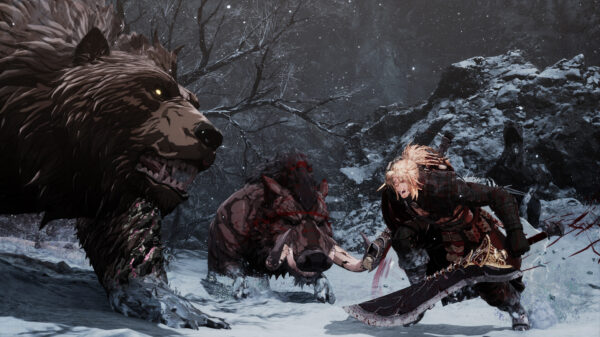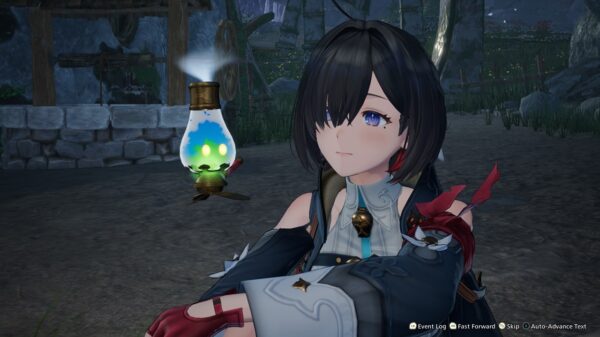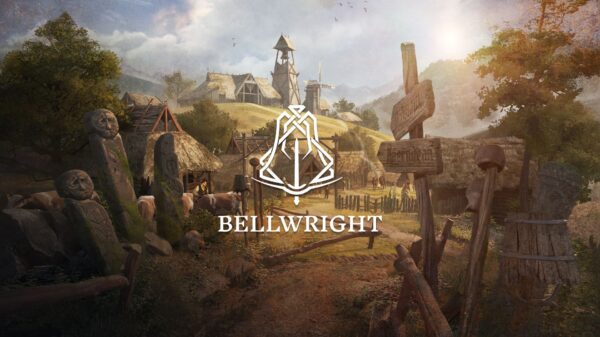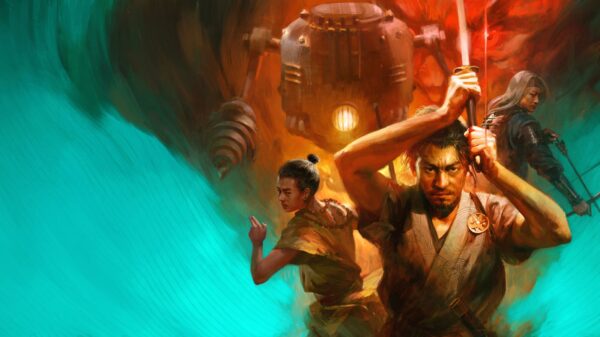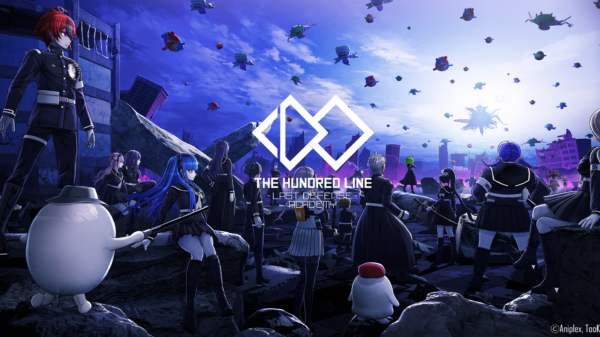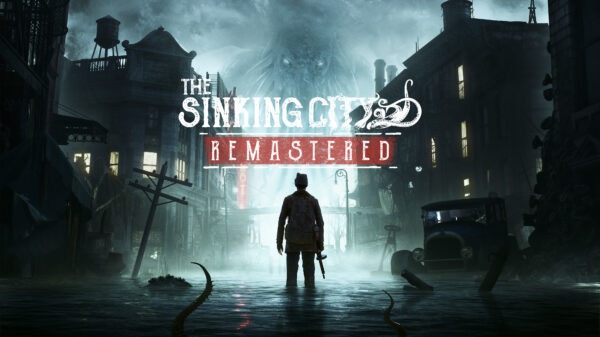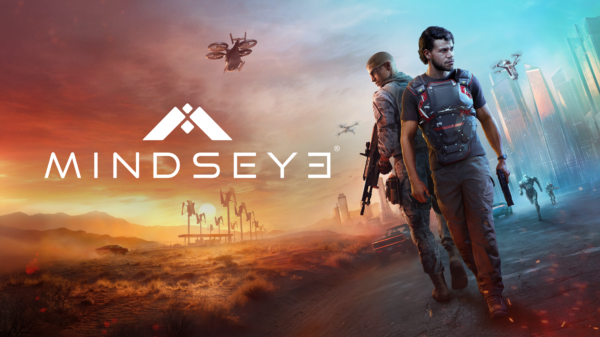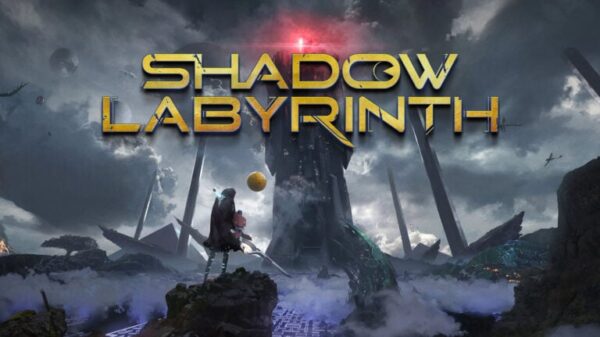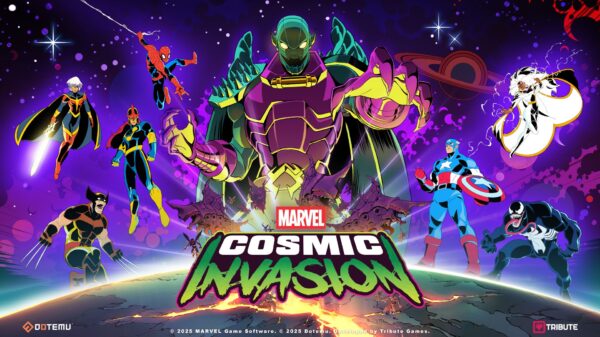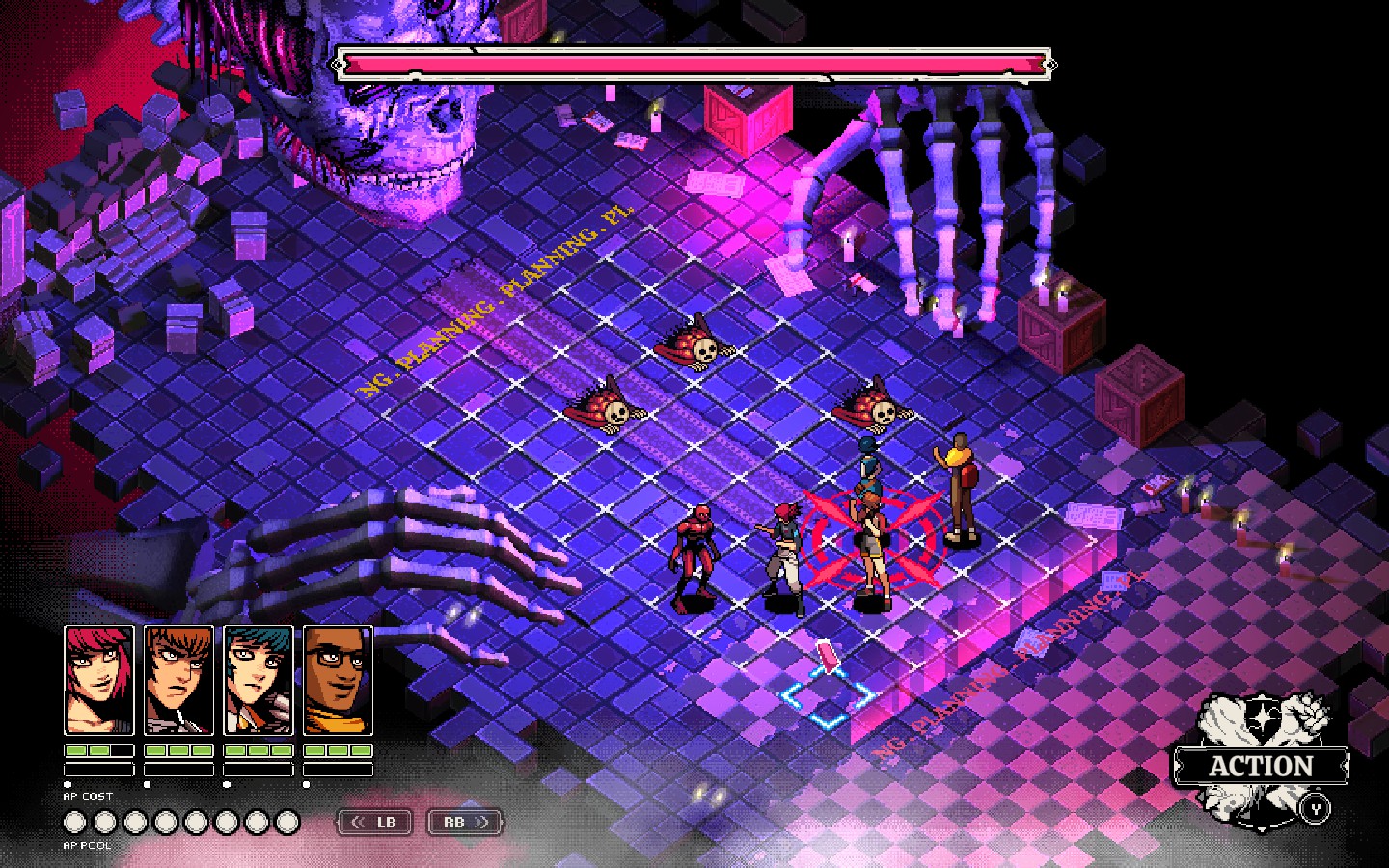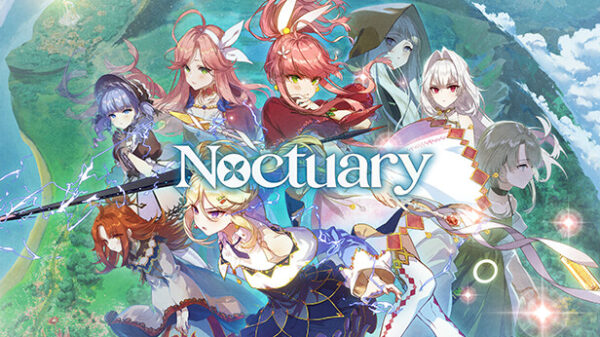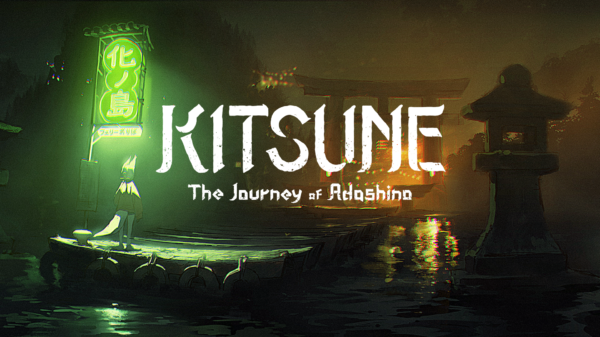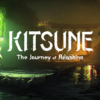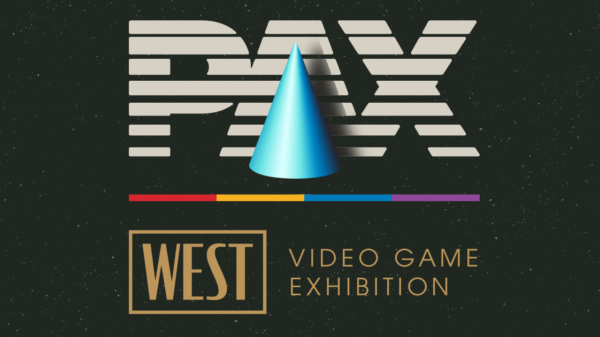Demonschool has intrigued me ever since I first saw it announced, so I recently checked out the demo currently available on Steam. With a stylish blend of 2D and 3D graphics, this upcoming tactics game puts you in the shoes of a group of students fighting demons at their university. It uses a calendar system, and the demo tosses you into the start of the second week. That makes it a little difficult to get your bearings–you only get a brief summary of prior story events to give context to the characters’ demon-hunting activities, and the tutorial is restricted to a few simple explanations accessible from the menu–but it also means the demo kicks off with action right from the start.
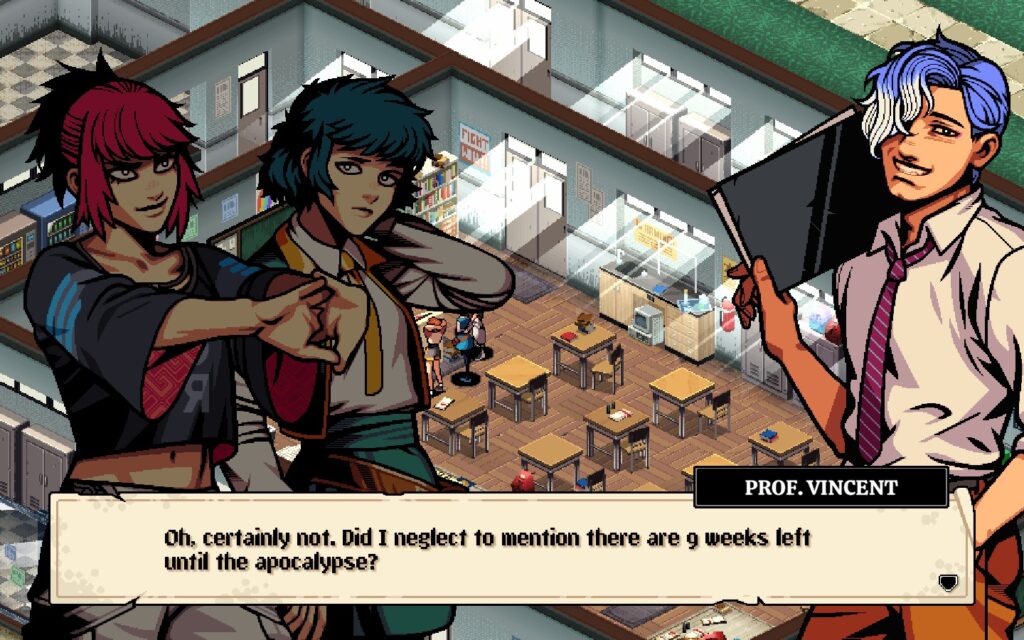
The main character, Faye, and her friends are instructed by their professor to track down a demonic paintbrush. While they acknowledge that the professor’s behavior is a little strange, everyone takes the presence of demons more or less in stride. This makes sense for Faye since she’s from a family of demon hunters, but the other characters occasionally gave the impression that this is all new to them, which left me unsure how to interpret the casual tone. Anyway, with their assignment given to them, they set out to find that paintbrush by fighting gangsters and disrupting demonic rituals.
Combat took a little getting used to, but once I understood how everything worked, it became a lot of fun. It’s a grid-based tactics system but with some twists. Characters can only move in a straight line, whether it’s horizontal, vertical, or diagonal. The one exception is that you can also move one space to the side before making your move. Positioning plays a key role as a result. Every character has one basic attack, as well as a special attack that can be used once the gauge is full, and figuring out how to use these attacks together is a key part of the strategy. For example, you might use a character whose attack pushes an enemy to push it into a spot where another character can attack as well. Every move costs AP, with a shared pool for your party to pull from. This means a character can make multiple moves per turn, but the amount of AP it costs goes up every time. Once you’ve made all your moves, the action phase begins and you watch the attacks all play out.
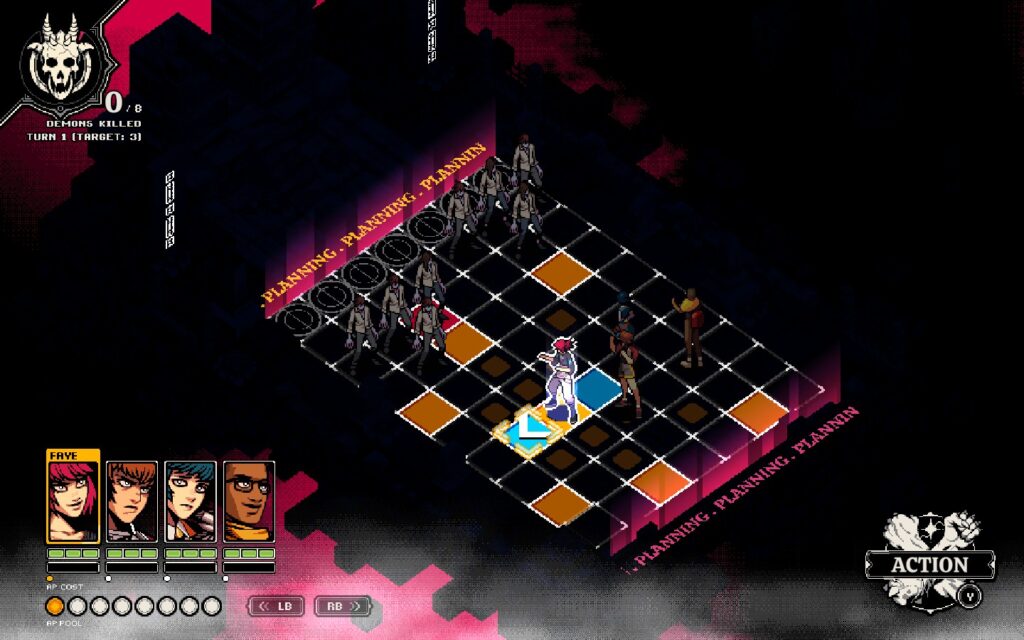
After that, the enemies get their turn. Each enemy follows specific behavior patterns, which you’ll want to keep in mind when figuring out your strategy. Your goal in battle isn’t actually to defeat all the enemies like you might expect. In fact, they’ll keep spawning every turn if you let them. You’re given a target number of enemies to defeat, after which you must move a character to the end of the grid to “seal” the area at the end of the turn. The number of turns it takes you to win determines the rewards you get after a battle. Only four characters are available to choose from–I got a fifth party member, but was unable to select her for combat–but that will likely change in the full game.
Now, Demonschool is officially described as an RPG, but it doesn’t appear that you’ll level up from combat. Instead, you gain new skills by studying techniques. Techniques cost credits to study and take a set number of in-game days to learn. After that, each character can equip up to two techniques. Two characters can study a technique at once, but as far as I could tell, each technique can only be equipped by one person at a time, and any of my party members could equip it, which left me wondering why I had to pick specific characters to study it. However, the tutorial menu has an empty spot for “schedule” tutorials, so I imagine studying techniques will be a more robust system in the full game.
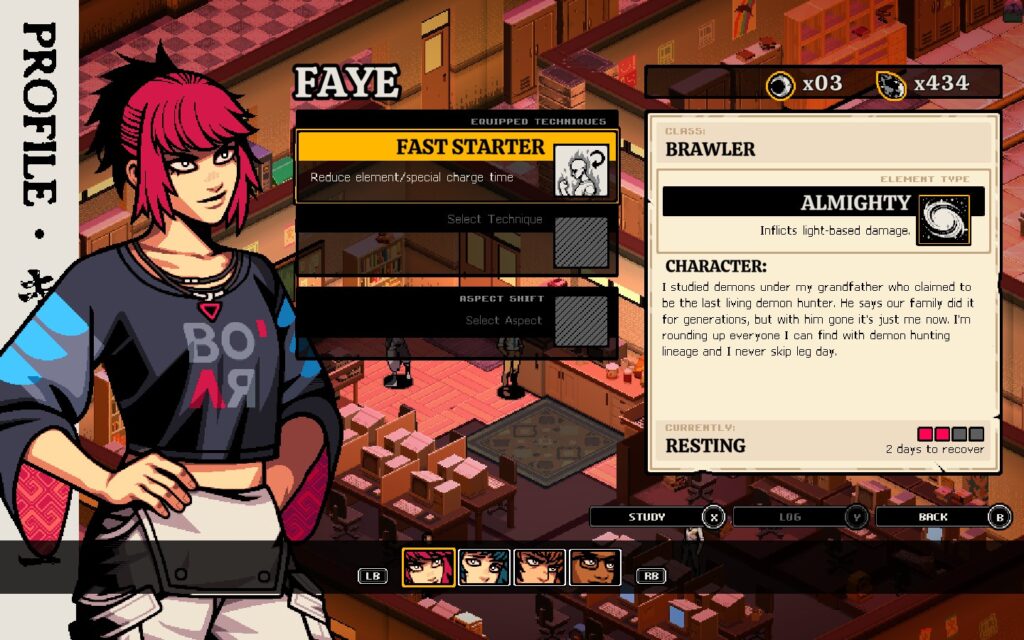
Outside of combat, you’ll be exploring the school and its surrounding areas. Only the plot quest advances time, so I felt free to check out everything. Locations in Demonschool are presented to you in a list to choose from, after which you can walk around the area freely. Some areas have minor side encounters, which lead to either battles or choices that raise affinity with a party member. Once a character’s affinity levels up, you can talk to them at the clubhouse for a bonding scene. The clubhouse seems as though it will be a hub of sorts for the group. I even bought furniture to change the clubhouse’s look, although the demo wouldn’t let me use it. An arcade machine inaccessible during the demo suggests there might be some sort of mini-game there as well.
There are a handful of other things to do between plot points as well. NPC dialogue changed the first few times I advanced the plot, so I imagine it will change each in-game week. Some areas have special interactions, such as a fountain you can toss opals into and a dog you can pet, each with subsequent rewards after interacting with them enough times. There’s even a fishing mini-game, which is simple yet fun.
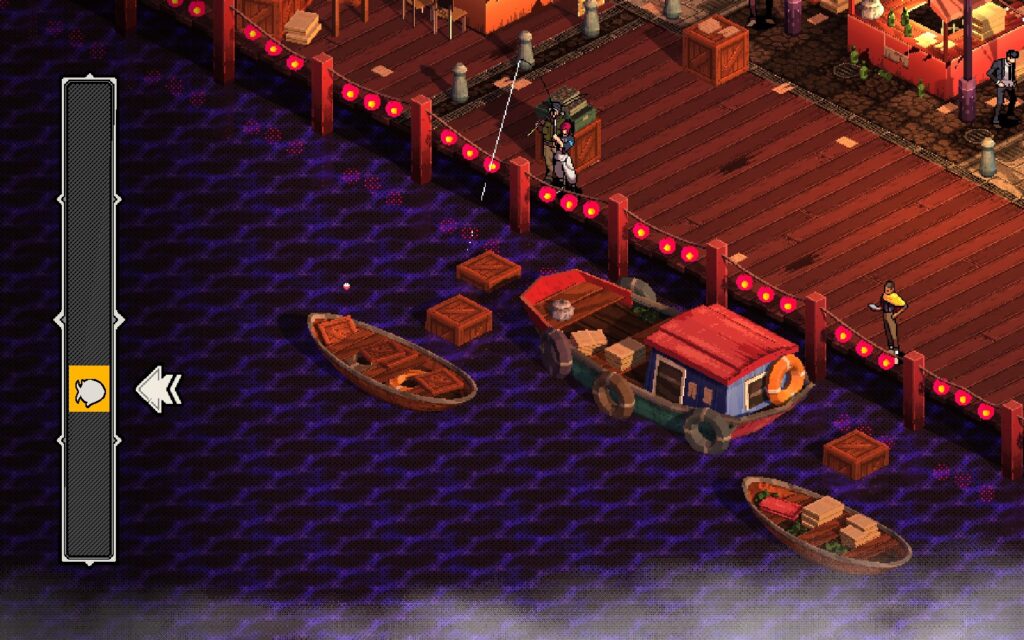
Everything culminates in a dramatic boss fight against an impressive-looking skeleton boss that makes full use of the game’s graphics style. Regular enemies spawn each turn in this fight as well, so it’s a matter of defeating them while striking at the boss when its attacks on one turn leave it within range on the next. Although I started the boss fight confused as to how I was supposed to attack it, it ended up being a fun fight.
The demo for Demonschool lasts about 3 hours, and while it doesn’t show everything, it still provides a solid look at what the game will be like. It’s a stylish game with an enjoyable combat system, so it seems quite promising, although the story didn’t grab me from the small slice presented here. My one concern is that the gameplay loop could get repetitive. Once I’d exhausted all NPC dialogue, it largely fell into a pattern of dialogue-battle-dialogue-battle, and this is only one week out of the full game’s promised ten. However, if the full game has some more activities to break up the pace, it could be a winning formula. It’s definitely one I want to keep an eye on.


